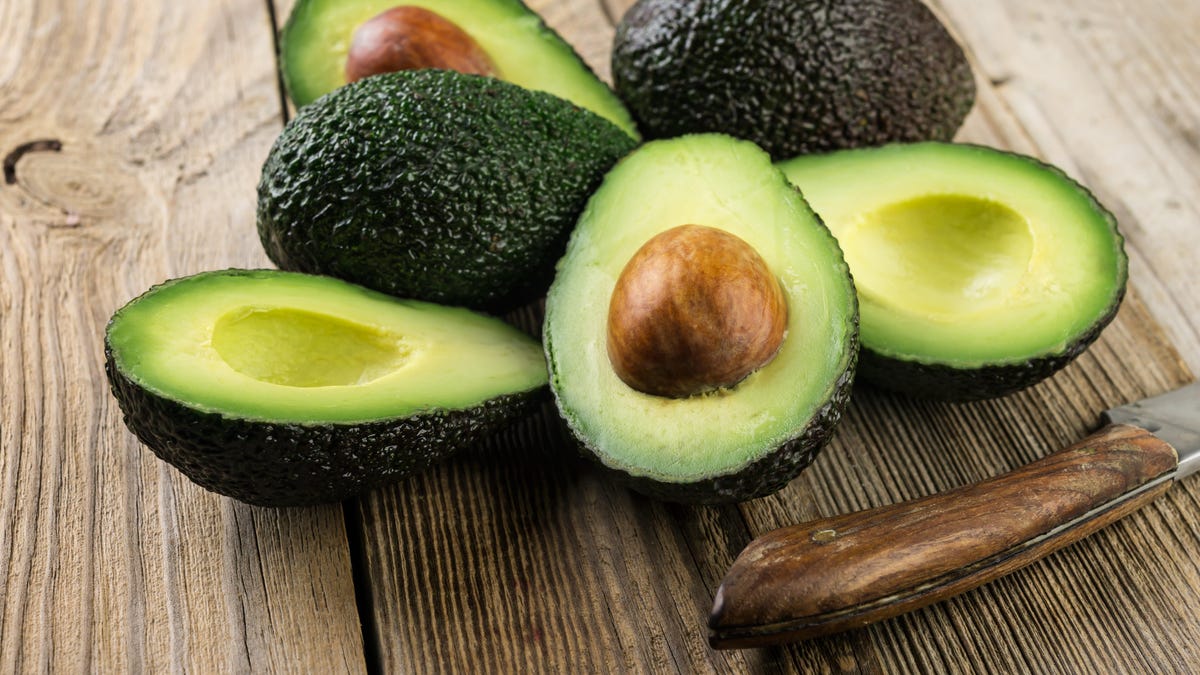So, You Cut Into an Unripe Avocado
It’s 7 a.m., and you’re feeling smug about waking up in time to make breakfast. Your dish of choice? Avocado toast. But then, disaster. You slice into an alligator pear, only to find that it is decidedly unripe and...


Photo: Elena Pavlovich (Shutterstock)
It’s 7 a.m., and you’re feeling smug about waking up in time to make breakfast. Your dish of choice? Avocado toast. But then, disaster. You slice into an alligator pear, only to find that it is decidedly unripe and rubbery. What to do? What to do? Besides reaching for another avocado, you have to figure out what to do with the not-yet-ripe one. The bad news is you can’t rush avocado ripening, but all is not lost. Your cut avocado will still ripen, you just have to wrap it in plastic.
According to Cook’s Illustrated, an avocado will ripen whether it’s whole or halved, as the enzymes responsible the ripening process are still there, doing their enzymatic thing:
Much of that process is enzymatic activity that softens the avocado’s flesh. Paul Adams, our senior science research editor, explained that enzymes in the fruit, such as pectin methylesterase, modify the pectin in the cell walls, loosening up the cellular structure and making the avocado more tender.
You do, however, have to wrap it up. This keeps the avocado from drying out, traps any ethylene gas being released, and keeps the creamy green flesh from oxidizing and taking on an unappealing brown color.
Once covered, you can set the avocado on the counter to let it continue to ripen at room temperature, or set it in the fridge. The countertop approach is much faster—you’re looking at four days max—but the fridge, which slows the ripening down to at least a week, is safer. (Food safety pros recommend storing all cut fruits and vegetables in the fridge to prevent bacterial growth.)
If you’re not sure how to check the ripeness of an avocado to begin with, Cook’s Illustrated recommends the ol’ stem trick. If it comes off easy to reveal green flesh underneath, it’s ready to go.

 Koichiko
Koichiko 































